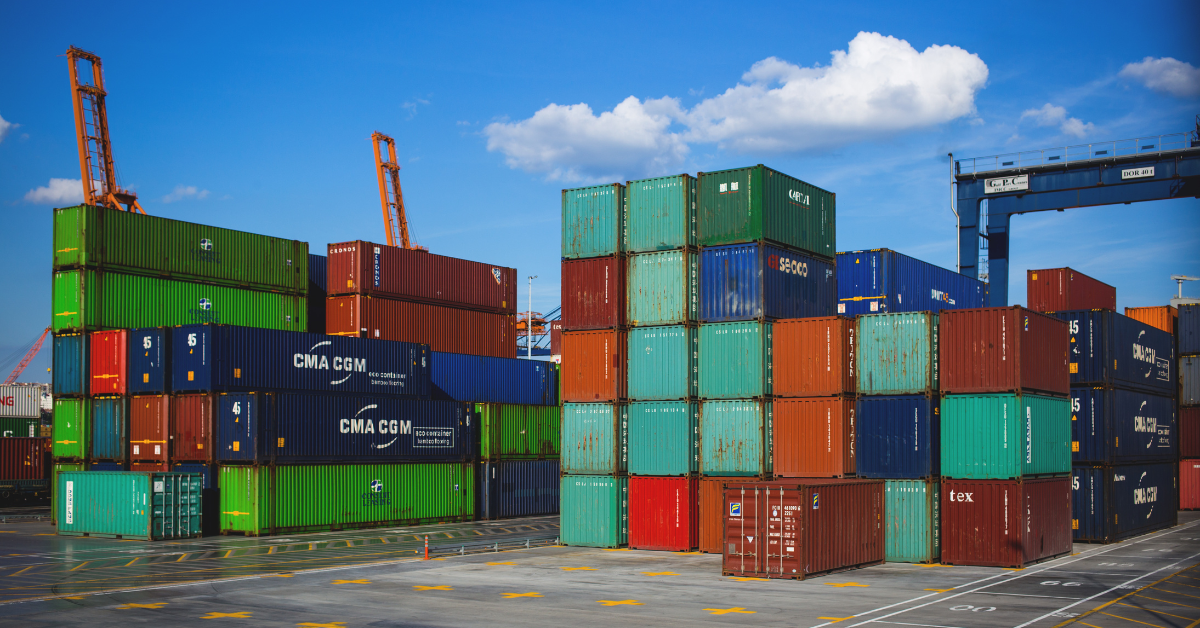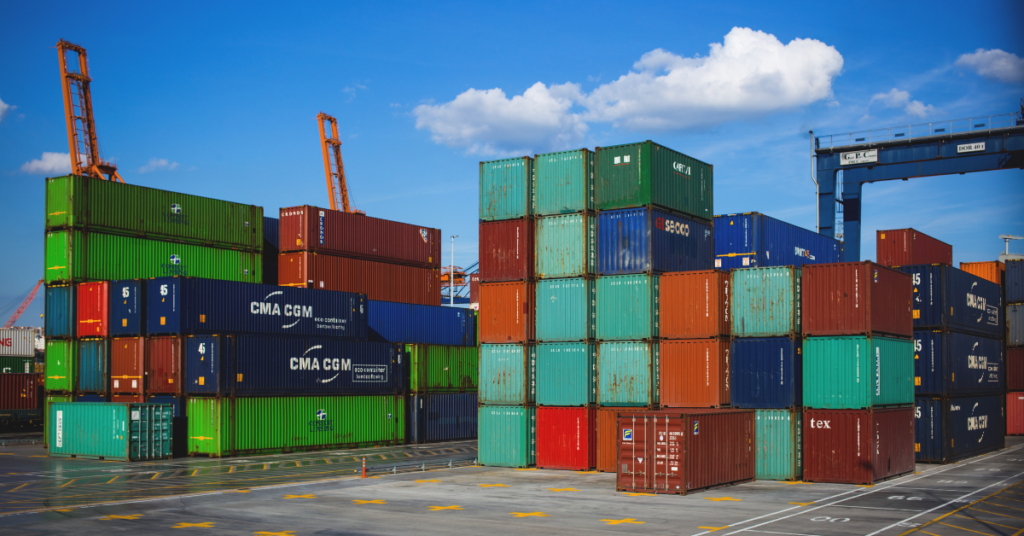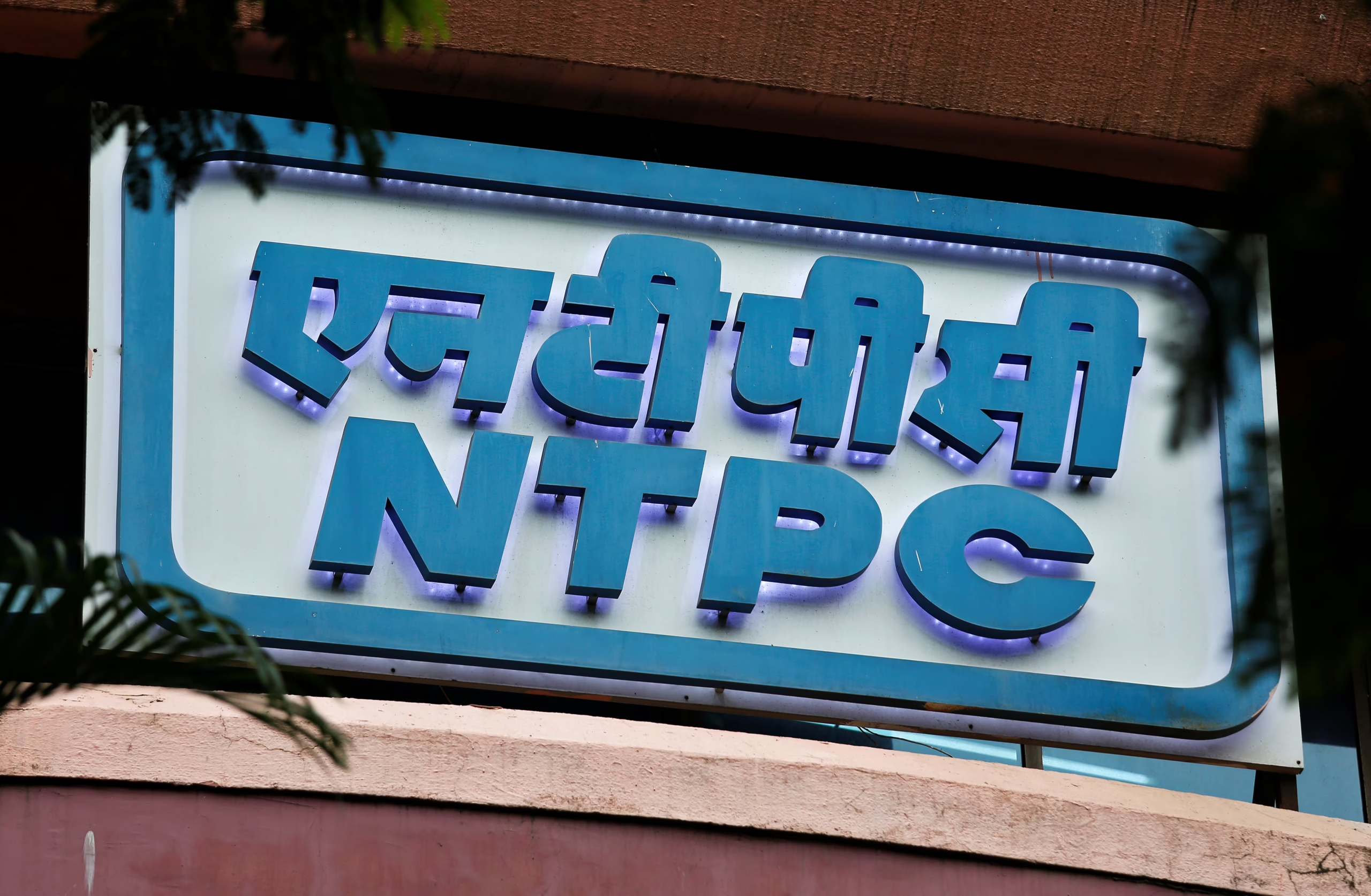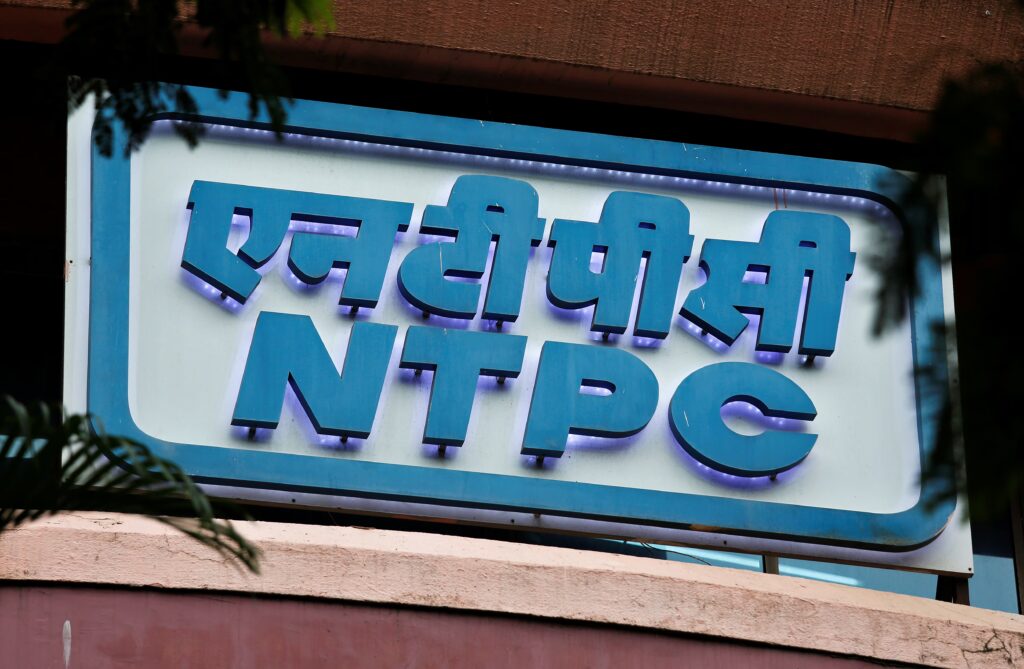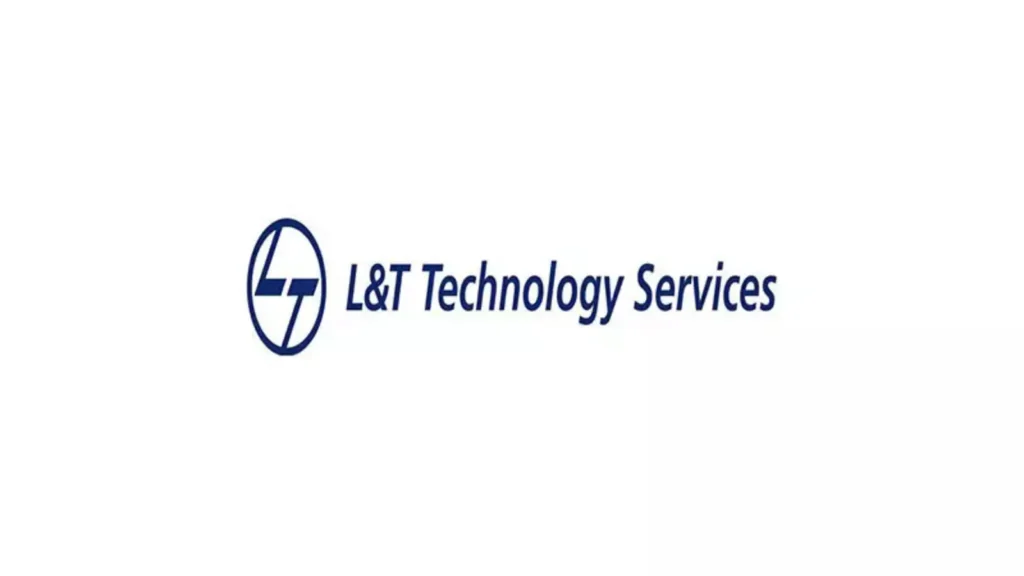Indian drug exports escape US tariffs

India’s pharmaceutical industry plays a significant role in the global market, exporting a vast array of medicines and active pharmaceutical ingredients (APIs). A substantial portion of these Indian pharmaceutical exports heads to the United States, making the USA a crucial trading partner. This robust trade relationship, however, has faced periods of tension, particularly regarding tariffs.
The Trump administration’s imposition of tariffs on certain goods imported from various countries, including India, caused ripples throughout the global trade system. While some sectors bore the brunt of these measures, the impact on Indian pharmaceutical exports remained relatively muted. This was partly due to the essential nature of many of the exported products, making it difficult to replace Indian suppliers easily.
Despite the threat of reciprocal tariffs and the ongoing trade war rhetoric, the flow of Indian pharmaceutical products to the USA has continued largely unabated. This resilience reflects the intricate interdependence between the two nations’ healthcare systems and the competitive pricing offered by Indian manufacturers. The US pharmaceutical industry relies on a significant volume of affordable generic drugs and APIs sourced from India, creating a complex dynamic that tempered the impact of the tariffs.
However, the landscape is not without its challenges. The ongoing negotiations and potential for future trade disputes highlight the need for a stable and predictable trading relationship between India and the USA. Maintaining a clear and consistent policy framework is vital for both countries to ensure a reliable supply of affordable medicines for patients worldwide.
Impact of the Decision
The decision to exempt Indian drug exports from US tariffs had a multifaceted impact. Firstly, it provided significant relief to Indian pharmaceutical companies, preventing potential financial losses and safeguarding their market share in the USA. This stability allowed them to continue investing in research and development, further strengthening their position in the global pharmaceutical industry.
Secondly, the exemption benefitted US consumers. The continued flow of affordable generic drugs and APIs from India helped to keep healthcare costs down. Without this exemption, US consumers would likely have faced higher prices for essential medications, potentially impacting access to vital healthcare.
The Trump administration’s initial imposition of tariffs, and the subsequent exemption for Indian pharmaceutical exports, highlighted the complex interplay between trade policy and public health. The decision underscored the critical role that India plays in supplying affordable medicines to the USA, and the potential consequences of disrupting this vital supply chain.
The absence of reciprocal tariffs from India also played a crucial role in maintaining this positive outcome. Had India retaliated with its own tariffs on US goods, the situation could have escalated into a full-blown trade war, harming both economies. The avoidance of such a scenario demonstrates a degree of pragmatic cooperation between the two nations, prioritising public health over immediate trade disputes.
While the exemption from US tariffs provided immediate relief, it also served as a reminder of the inherent vulnerabilities within global supply chains. The reliance of the USA on Indian pharmaceutical exports emphasises the need for diversification and strengthening domestic pharmaceutical production to mitigate future risks and reduce dependence on a single source.
The impact on the Indian pharmaceutical industry was substantial, not just financially, but also in terms of reputation and global standing. The exemption solidified India’s position as a key player in the global pharmaceutical market, demonstrating its capacity to provide affordable and high-quality medicines to the world. The long-term implications of this decision will continue to shape the relationship between India and the USA in the pharmaceutical sector.
Future Implications
The long-term effects of this tariff exemption are multifaceted and warrant careful consideration. The continued reliance of the USA on affordable generic drugs and APIs from India necessitates a robust and predictable trading relationship. Future trade negotiations will be crucial in maintaining this stability, requiring both nations to prioritise a consistent policy framework that avoids disrupting the flow of essential medicines.
Furthermore, the incident highlights vulnerabilities within global supply chains. The USA’s dependence on Indian pharmaceutical exports underscores the need for diversification strategies to lessen reliance on a single supplier. Investing in domestic pharmaceutical production and exploring alternative sourcing options could mitigate future risks associated with trade disputes or unforeseen global events.
For India, maintaining its position as a leading supplier of affordable pharmaceuticals requires continuous investment in research and development, ensuring high-quality manufacturing practices, and navigating the complexities of international trade regulations. This includes proactively addressing any concerns regarding quality control and intellectual property rights to further solidify its reputation within the global pharmaceutical industry.
The ongoing evolution of global trade dynamics, including the potential for future trade disputes and shifts in geopolitical relations, will continue to influence the relationship between India and the USA in the pharmaceutical sector. Maintaining open communication and collaborative efforts will be essential in ensuring a stable and reliable supply of affordable medicines for patients worldwide. The lessons learned from this episode will undoubtedly shape future trade policies and strategies for both countries.
The possibility of future trade tensions cannot be ignored. While the current exemption provides a degree of certainty, the potential for future disputes, perhaps over other aspects of trade or driven by changing political climates, remains a real concern. Both the Indian and US pharmaceutical industries must remain vigilant and adaptable to navigate these potential challenges effectively. A proactive approach to risk management and diversification is vital for ensuring continued access to affordable medications.






